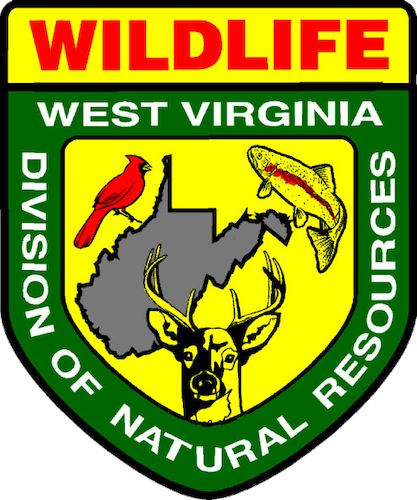Release from the West Virginia Division of Natural Resources
SOUTH CHARLESTON, W.Va. — The West Virginia Division of Natural Resources has recommended that West Virginia residents in the Eastern Panhandle take action to deal with a current wildlife mortality event.
In late May, wildlife managers in Washington D.C., Virginia, Maryland, and West Virginia began receiving reports of sick and dying birds with eye swelling and crusty discharge, neurological signs, and behavioral abnormalities. No definitive cause of death has been identified at this time.
Birds from Berkeley and Jefferson counties in West Virginia have been submitted by the West Virginia Division of Natural Resources (WVDNR) to the Southeastern Cooperative Wildlife Disease Study (SCWDS), where diagnostics are pending. Most reports of sick and dying birds in West Virginia have come from the state’s eastern panhandle counties.
Residents outside the outbreak area may continue to feed birds but are reminded that this would be a good opportunity to take down, repair, and disinfect their feeders.
To deal with the issues, the WVDNR advises the following actions for residents in the impacted areas:
— Cease feeding birds until this wildlife mortality event has concluded
— Clean feeders and baths with hot, soapy water and disinfect with 10% bleach solution
— Avoid handling birds, but wear disposable gloves if handling is necessary
— Keep pets away from sick or dead birds as a standard precaution
While the cause of this avian mortality event is yet to be determined, it is known that birds congregating at feeders and baths can transmit avian diseases to one another.
Residents may continue feeding hummingbirds but should clean feeders with soap and water, and ensure hummingbird food is fresh, every few days.
If you encounter sick or dead birds exhibiting the clinical signs listed above, please contact the WVDNR District Office that serves your area. If you must remove dead birds, place them in a sealable plastic bag to dispose with household trash. Additional information will be shared by WVDNR as diagnostic results are received.
The WVDNR, Virginia Department of Wildlife Resources, District of Columbia Department of Energy and Environment, Maryland Department of Natural Resources, and National Park Service are continuing to work in partnership with diagnostic laboratories to investigate the cause of mortality. Those laboratories include the USGS National Wildlife Health Center, SCWDS, and the University of Pennsylvania Wildlife Futures Program.







